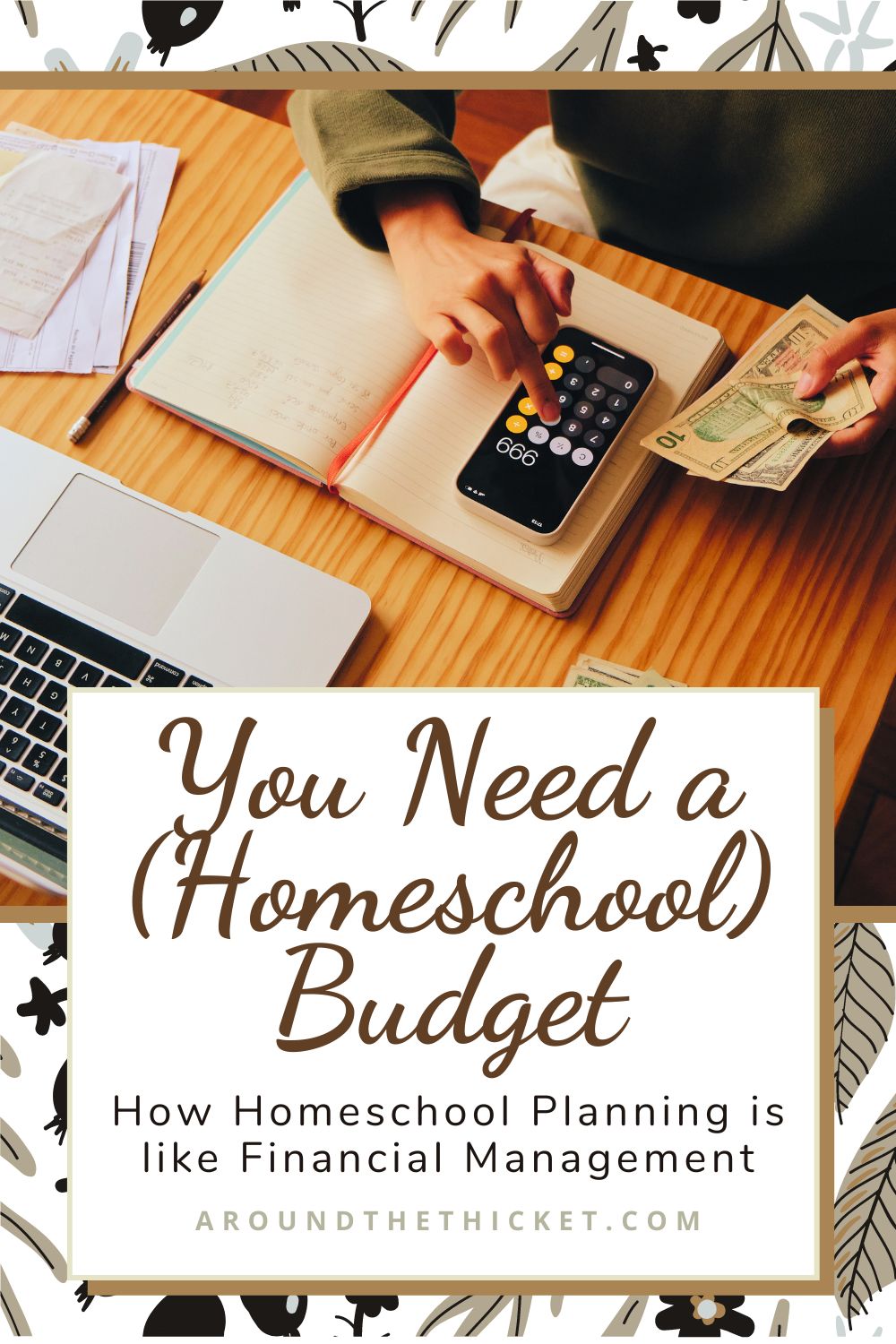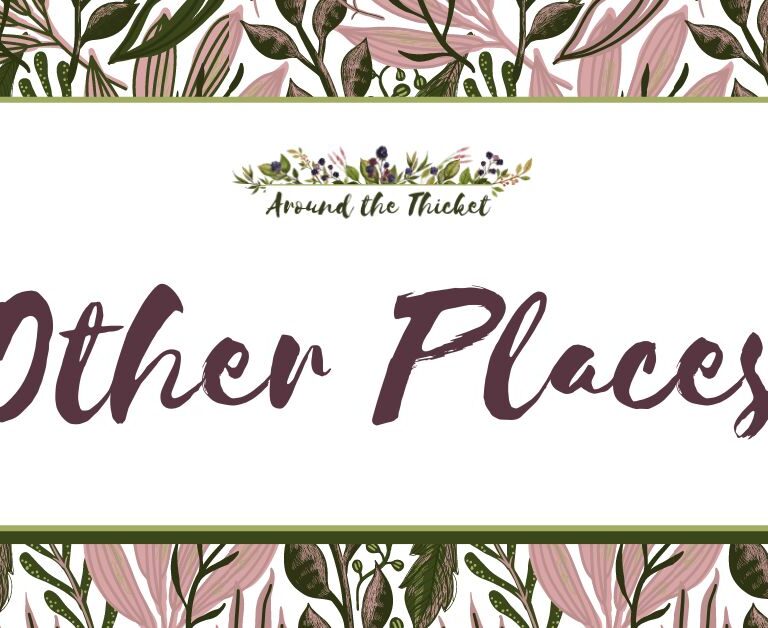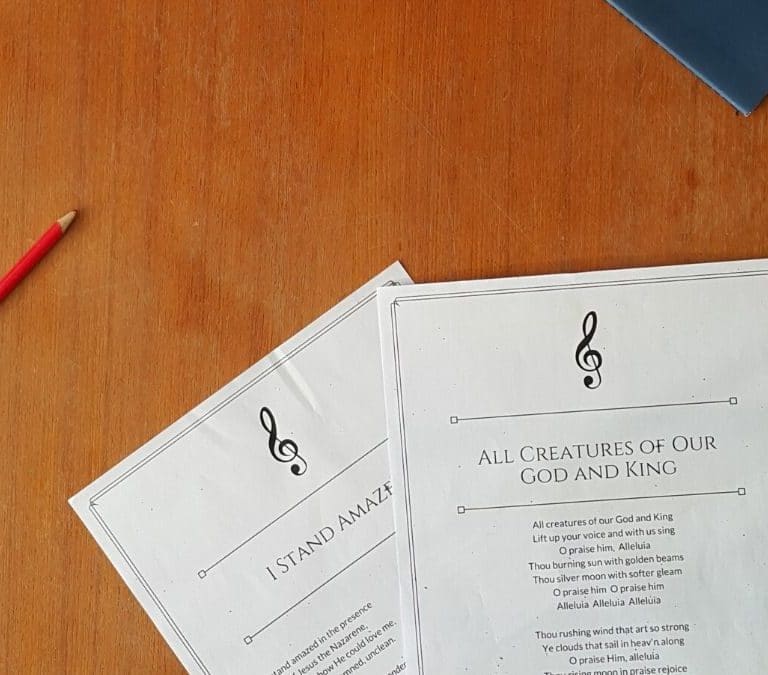You Need a (Homeschool) Budget
Over the Christmas holiday I found You Need a Budget (h/t Rebecca from A Humble Place). I read the book, started my free trial on the app, and our family’s finances are on the fast track to better organization and stewardship. (FYI, those are referral links – if you click through and make a purchase, I receive some small remuneration at no cost to you).
Now, the information in You Need a Budget wasn’t super radical – most of it is advice I had heard before – but at some point I kind of gave up trying to keep up with our budget. Managing it manually got to be too complicated and overwhelming. The app lets us manage our money the way I always felt we should, but makes it So. Much. Easier.
I’m far from the first person to become smitten with YNAB. And the reason I think it’s so popular is because it’s built on solid principles of financial management. Principles that flex and accommodate different people and different situations. Not rigid rules that snap in a slightly out-of-the-ordinary circumstance.
And suddenly I’m back writing about education because that’s precisely what Charlotte Mason left us with. Principles, not rules. A method, not a system. Because when it comes to educating human persons, a one-size-fits-all approach just won’t cut it.
YNAB has four principles (they call them rules) for financial management, but as I read, I was struck with how their principles overlap with homeschooling scheduling. We all want to be good stewards of our time and resources when it comes to educating our kids, and to me, a plan and a schedule is the way I do that. The overlap between their principles and my approach to planning is so pronounced that I’ve decided to riff off their ideas and present to you four principles for homeschool budgeting scheduling and planning.
Principle 1: Give every time slot a job
In homeschool scheduling, we aren’t working in terms of money, but we are working in terms of time. We only have so many hours in a day, so if we want to use those hours well, we need to have our priorities straight. YNAB wants you to put together a budget so that you can use your money in line with your financial priorities. A homeschool schedule should help you use your time in a way that aligns with your educational priorities.
In a Charlotte Mason education, “our business is not to teach him all about anything, but to help him to make valid as many as may be of–“Those first-born affinities/”That fit our new existence to existing things.” In other words, our schedule should reflect our goal of helping our children develop relationships across a wide and diverse set of “things and thoughts.”
When we put together a schedule or a plan, every item should contribute to this bigger goal of nurturing your child’s relationships with “God, the Universe, and Everything”. That’s what it means to give each time slot a job. Every piece of your schedule should work toward this bigger picture.
This doesn’t mean that every item on your homeschool list is super academic. We’re raising persons, here, so adding in ‘morning snack’ to your schedule and making room for relationship building between you and your child is just as important as reading history together. Again, this is a flexible principle. The point is that your schedule is a way of lining up your time with what you want to accomplish.
Principle 2: Embrace your true time commitments
When I started using Ambleside Online with my eldest son, I quickly ran into a problem. Many of the literature readings (Blue Fairy Book, Just So Stories) took far longer to read than the ten minutes Charlotte Mason recommended for six year olds. As a result, my guinea pig son missed out on some of the readings. I just didn’t plan enough time for them.
Within a term or two, I knew better. The page count of weekly readings needs to be considered in scheduling. It’s great to decide to read one chapter of This Country of Ours each week, but if that chapter is more than six pages long, I know it’s too long to finish in one sitting and I will need to spend two ‘lessons’ on it that week with my son.
I think of this as embracing how long your plans are actually going to take. If we don’t fully take this into account and have some sort of a process for dealing with it, our schedule will get out of whack, fast.
This parallels YNAB’s principle of budgeting your true expenses. You don’t just budget for your monthly outgoings. Instead, you anticipate one-off or annual costs and put part of that money aside each month. When that expense rolls around, you have the money to hand – instead of scrambling to pull money out of savings or putting it on a credit card.
Likewise, if we don’t fully anticipate how much time we need for each item on our plan (whether it’s a book, a composer, getting out timelines, a foreign language lesson), we’ll find that certain parts of our plan either get way behind or fall off our plate completely. We can mitigate a lot of this, though, in getting realistic about our plans.
Personally, I like to do my research ahead of a new school term, which is why you will find me with my laptop open and about twenty books on the table a few times each year. I like to go through the chapters, check page counts, and anticipate how many times we will need to read that book in a week or a term in order to keep on track with the AO schedule. If you aren’t big into advance planning, you will probably need a checklist, a place to keep notes, and a system for checking in on progress.
This principle has also come into play with books that are tricky to narrate because so much is packed into a few pages. The Genevieve Foster books are like this (George Washington’s World, Abraham Lincoln’s World). Because the main character or main event changes every page or two, a week’s reading could cover six or seven different topics. For my ten-year-old’s sake, I split that up so he has slightly less to hold in his head for narration.
My goal is to keep each reading or activity small enough that I don’t feel daunted by getting started. I want to look at my schedule in the last thirty minutes of our homeschool day and think, “Hey, we can get that done!” rather than, “Oh, no, there is no way we’ll finish on time.”
Charlotte Mason encourages educators to use short lessons, starting from about ten minutes around the age of six and increasing slowly from there. Getting realistic about what can be accomplished in that time has been the biggest help in keeping on track with the curriculum we use.
If you aren’t sure how much time these things take, logging your time can be a really helpful exercise. Time logging is simply writing down how much time you spend doing things as they happen. I have a template in my Time Stewardship Kit (scroll down to learn more).
Principle 3: Roll with the punches
Forgive me if you have started to get the impression that a perfect plan means a perfectly executed home school.
I absolutely stand by the first two principles. A good plan helps us honor our priorities with the time that we have. The more realistic we are, the more likely we are going to make the kind of progress we would like to see. But life doesn’t always go to plan. Financially we see this all the time – we might be saving for a special trip but then the cat needs to go to the vet. We move the money around to match our new priorities – the cat. It’s not a failure, it’s just responding to real life.
We see this in homeschooling, too. Someone knocks on the door and it takes thirty minutes, your kids start passing around the stomach flu and you know you’re next – there goes a whole week of lessons. Your six year old really, really does not want to do math today. Our immediate priorities shift from school to hospitality, health, even encouraging a good relationship with math.
Whatever the obstacle, if our schedule or plan is rigid, it will quickly break apart. We can’t add more time to our day or add a week to our year, so we have to adopt a way of looking at our plans that helps us to flex them around real life, rather than completely throwing them out the window. After all, if your plan reflects your educational priorities, it is still a reliable and helpful guide as we navigate the unexpected.
There are a few ways that ‘rolling with the punches’ can happen.
- Cut repetition: We have an interruption or need to finish up schoolwork extra early one day, so I don’t have my kids do copywork or review math facts. These subjects are repeated every day in our home, so taking those out first (instead of Latin or artist study, or a history book), means that I’m keeping their week broad and varied while still cutting down on time.
- Change Tactic: Realizing that I’ll never be able to read Children of the New Forest aloud to my Year Three kiddo (great book, but those chapters are so long!), and letting him listen on audio while I work with the other kids.
- Move things around in the week: Moving Composer Study to Wednesday mornings after realizing we never made time for it on Thursdays, when we always have an appointment out of the house.
- Move things around in the day: Probably the biggest way I roll with the punches is by working through my plans each day, but not in the order I have them written down. For example, I usually put French at the end of Morning Time. If we have a late breakfast, though, I will put our lesson on as the kids eat and it becomes the first thing. Likewise, if a child has been less than enthusiastic about a subject, I’ll switch things up to do that first, and immediately follow it with their favorite subject.
- Clean sweep: Confession: we don’t always finish every book and every assignment of every term. We manage most, but there’s always that one book that goes missing in the last two weeks of term and there just isn’t time to catch up after we’ve found it. In this case, I’ll let my kids read it on their own over the break and just let it go. If we’ve managed to read most of the book over the term, I am satisfied letting the rest become a free read.
Principle 4: Build a buffer
YNAB’s fourth rule is to ‘Age Your Money’. This is kind of a funny rule, but it’s really about building a buffer – a safety net – so that you aren’t living from paycheck to paycheck, with your accounts dwindling down to zero in between. This is stressful and financially precarious.
Building a buffer is also helpful in our homeschool plans. One essential way to do this is to build in time to catch up. For us, we don’t typically do lessons on Fridays. When things really get crazy schedule-wise, this becomes our catch-up day. I also plan regular time off school – at least a week off every six weeks. I don’t typically see this as ‘catch-up’ time for lessons, but I do use it as opportunities to tackle the other facets of life that get out of hand when I’m busy with home school. (Full disclosure: we’re heading into our last week before a break and there is so much stuff out of place in our home!)
We can also build a buffer within our schedule itself by planning to work slightly faster than we need to. For example, I know that to finish Pilgrim’s Progress in two years (both parts), I need to read five pages a week. Five pages is a lot in one go for a seven year old, so I split that into two readings a week (Rule Two). However, the jump from 2.5 pages to 3 is so small that my kids don’t notice it. I schedule, therefore, three pages twice a week and over the course of a term, we end up about two readings ahead if it all goes to plan – and if we miss a reading or two, we are still on track.
I don’t do this for every book, and especially for my Year Five student who is much more independent these days, I don’t like to scrunch things up too much. But for books where I’m reading aloud, especially books where I’m not reading to chapter divisions, I like to do just tiny bit extra and work in a buffer.
How do you roll with the punches or build a buffer into your schedule? Do you have any planning strategies or principles that help you make your priorities a reality?
For more about homeschool scheduling, check out these posts:
- Charlotte Mason Homeschool Scheduling
- Three Tips for Scheduling your Charlotte Mason Homeschool
- My Best Homeschool Scheduling Tip
And if, like me, you’d like to whip your personal finances into shape, I certainly recommend reading You Need a Budget by Jesse Mecham and then subscribing to YNAB. (Referral links there too!)
Homeschool days fly by. Make the most of them.

My Time Stewardship Kit is a series of worksheets I created to help me stay focused on what matters. If you’d like to build habits to steward your time better, I’ll send you the bundle when you subscribe to my newsletter.
You’ll receive worksheets for: time logging, vision planning, goal setting, and prioritizing.








Glad to hear you’re enjoying YNAB, Amy! it’s definitely been an awesome tool for me over the years!
Thanks, Rebecca! You always give such great suggestions!